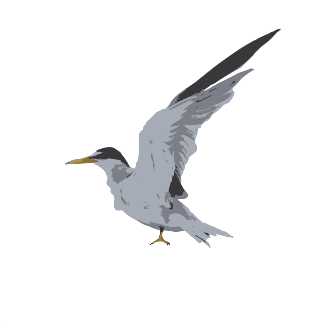Best Time to Visit This Site:
Winter-early spring
Most Sought Species at This Site:
Mississippi Kite, King Rail, Yellow Rail, Mississippi Sandhill Crane, Chuck-will’s-widow, Brown-headed Nuthatch, Sedge Wren, Prothonotary Warbler, Bachman’s Sparrow, Henslow’s Sparrow, Le Conte’s Sparrow, Painted Bunting

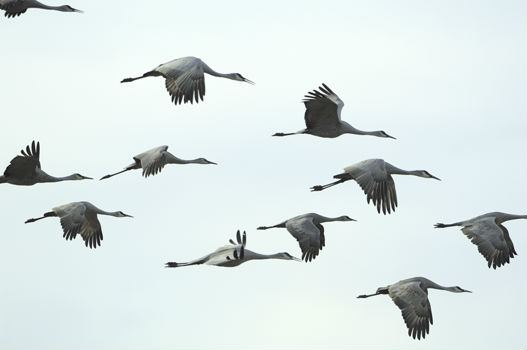

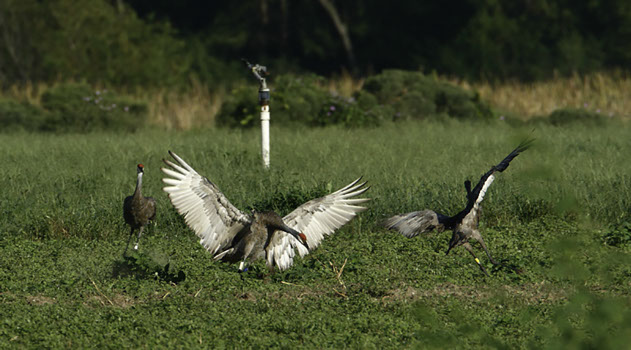
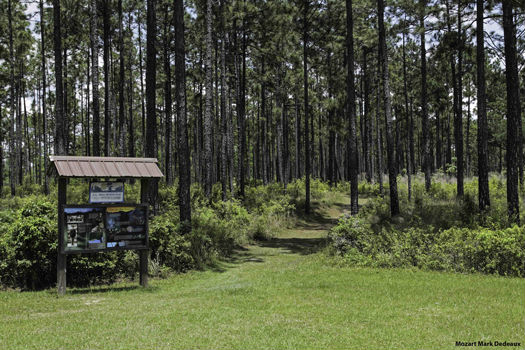
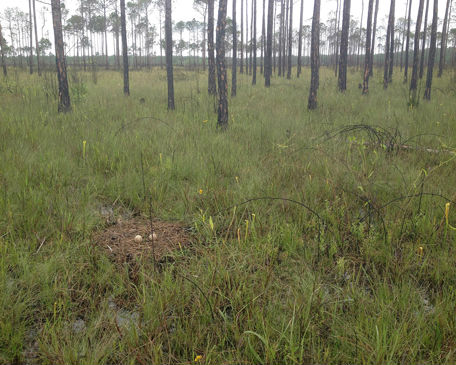
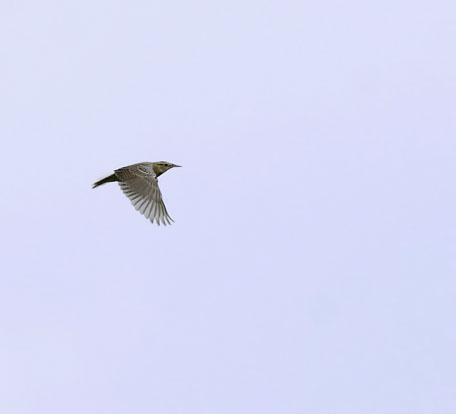
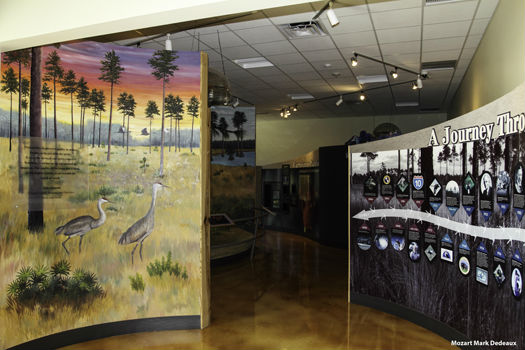
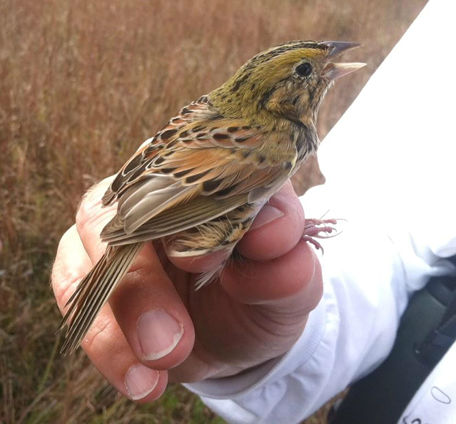
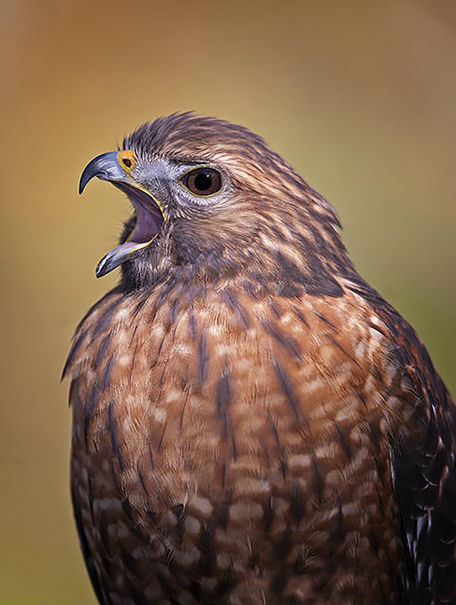
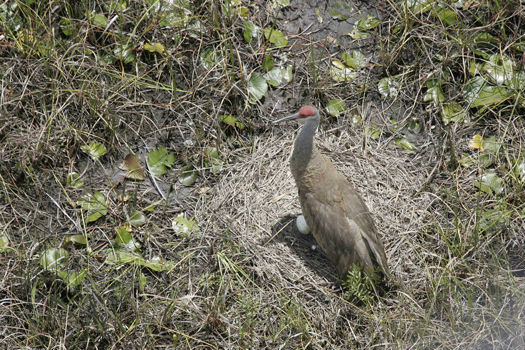




Mozart Mark Dedeaux
Bill Stripling
Mozart Mark Dedeaux
Sharon Milligan
Mozart Mark Dedeaux
Scott Hereford
Sharon Milligan
Mozart Mark Dedeaux
Angela Dedrickson
Robert Smith
Angela Dedrickson
Darren Rothberg
The 19,300 acre Mississippi Sandhill Crane National Wildlife Refuge was established to protect one of the rarest taxa on earth, Grus canadensis pulla, a disjunct, sedentary subspecies of the Sandhill Crane. The population of this crane had dwindled to as few as 20 birds but now numbers about 100 - an increase due entirely to the devoted efforts and superb wildlife management skills of the personnel of the National Fish and Wildlife Service. This site is also recognized by the National Audubon Society as an Important Bird Area (IBA). Visitors should be aware that seeing a crane is not all that easy. Most of the refuge in closed to the public and cranes occur only occasionally in the small portion that is open. A stop at the visitor’s center should fully explain the reason for these refuge policies. While there, inquire about the possibility of guided tours. One positive aspect is that each day varying numbers of cranes leave the refuge to forage in near-by pastures and crop fields. Refuge personnel will be glad to give you directions to those locations currently being used. An even better option, if your schedule permits, is to attend one of the field trips of the Mississippi Coast Audubon Society to the Jackson County Wastewater Facility. Several cranes visit there daily. This site is also closed to the public but the Society is permitted to visit a few times a year. These trips are free and open to all. Visit the Society’s website for trip schedules. The Crane Refuge is primarily wet pine savannah. Though a botanical wonderland, this habitat is relatively low in avian variety and breeding density. However, a few high priority species do occur. The refuge has one of the highest wintering populations of Henslow’s Sparrows known anywhere. This, though, is one species you’re unlikely to see casually. A deliberate search of grassy fields is necessary. Ask refuge personnel which fields you may be permitted to walk through and obey all signage. Bachman’s Sparrow is a permanent resident; fairly easy to find when males are singing (Early April-Early June) but extremely difficult at other seasons. Recent nocturnal research has established that the refuge has a significant wintering population of Yellow Rails. Biologists from the Grand Bay National Estuarine Research Reserve conduct nocturnal surveys regularly and sometimes accommodate visitors.






Paved
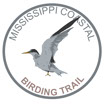

Website -Mozart Mark Dedeaux
Birding Ethics
Contact Us
Website Feedback
New Trail Nomination
Updated: 9/17/2013
